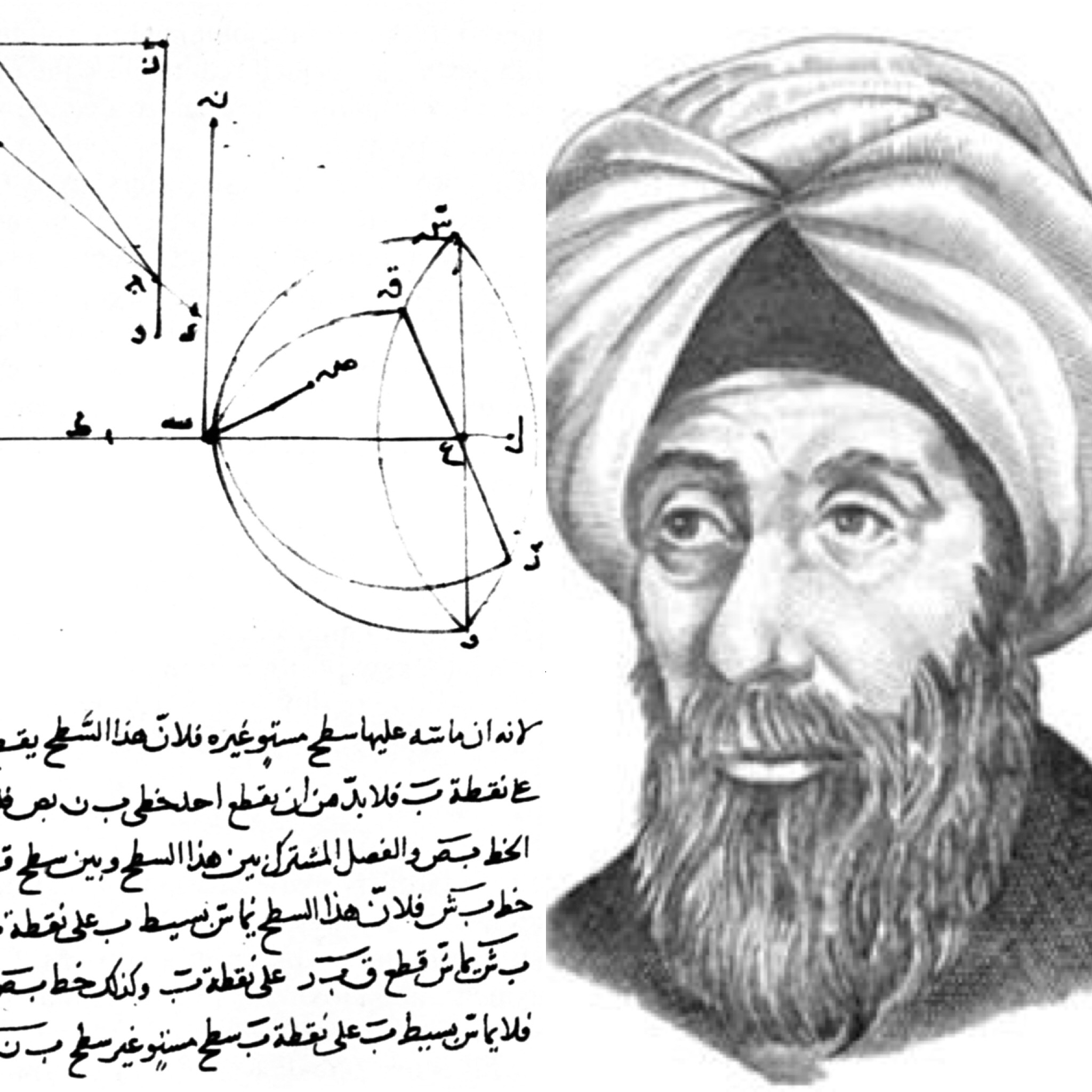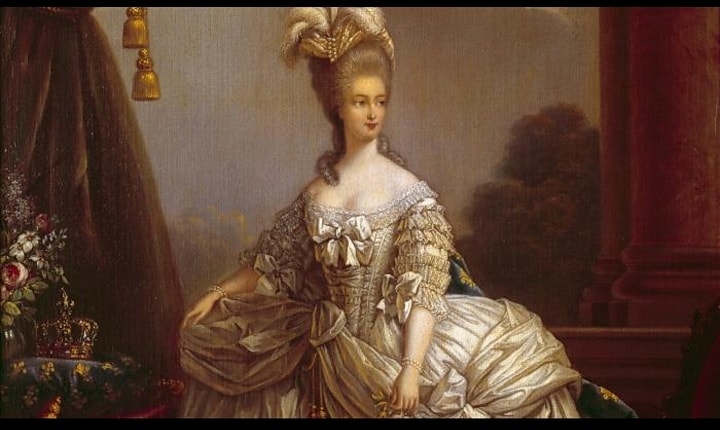The life story of Ibn Sahl, the Arab scientist who discovered the refraction of light

He is a Muslim mathematician and physicist, a physician and an engineer in optics. He has many researches and theories on geometric shapes. . Developed and discovered the first law of refraction, and the law was used to extract the shapes of lenses that focus light without aberration, known as refractive lenses, which are not circular in shape.
He is Ibn Sahel, his name is Abu Saad Al-Ala Ibn Sahel. He lived from 940 to 1000 AD. He is a Muslim scholar with roots in Persia who worked at the Abbasid court in Baghdad.
Benefited from the knowledge of Ibn Sahl, the great scientist whose glory hit the horizons, and he is Ibn al-Haytham who lived from 965 to 1040 AD. It can be said that without Ibn Sahl, Ibn al-Haytham would not have made many important discoveries in the science of light and optics. Actually paved the way for the emergence of Ibn al-Haytham.
Snell's law preceded
If someone points out today that the discoverer of the law of refraction of light known as “Snell’s law” is the Dutch scientist Willbrord Snelius who lived from 1580 to 1626 AD, in fact, Ibn Sahel was the first to draw attention to the issue of refraction and bending of light when it travels from one surface to another, as if crossing From vacuum to glass or water.
The Arabs were interested in the science of optics due to its great connection with astronomy in making astronomical telescopes to follow the movement of bodies and observing the dome of the sky. Aristotle's theory of seeing things with the naked eye.
A book in the lenses
Ibn Sahel has a book that is more famous in the West, and its name is “Book on Burning Mirrors and Lenses” in which it dealt with the subjects of lenses of all kinds from oval to concave, and also touched upon drawing curves as they are closely related to optics and geometries of astronomy.
The contributions that Ibn Sahel made, whether in discovering the refraction of light or the applications he made in this context, from designing lenses that focus light and deriving more types of lenses, all of this reveals an empowered mindset that was able to combine the various knowledges he acquired from mathematics, physics and engineering.
Burning a body from a distance
One of the astonishing experiments carried out by Ibn Sahel was his knowledge of how to burn an object from a distance and he determined how this could be done using lenses and checked the calculations related to this topic, a topic that is not innovative in itself as the Greeks knew it.
But he added in it and deepened it in the scientific way and explained to us how the lens is directed to the sun so that the burning light is collected at a specific point, which is the focus of the lens that is outside it at a certain distance that can be calculated by knowing the diameter of the lens and certain things in optics.
In his book “A Book on Burning Mirrors and Lenses,” he discusses this matter in detail. In general, the sciences raised by the man were a matter of astonishment to historians, and some of his innovations were considered innovative art tricks.






